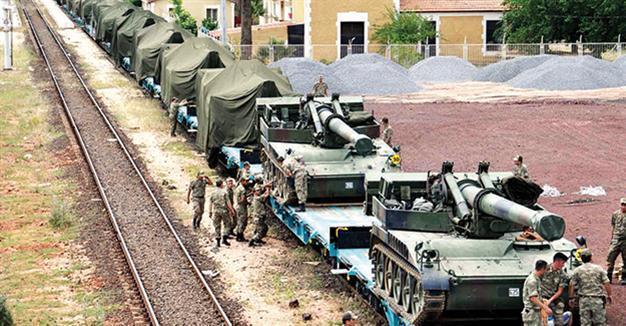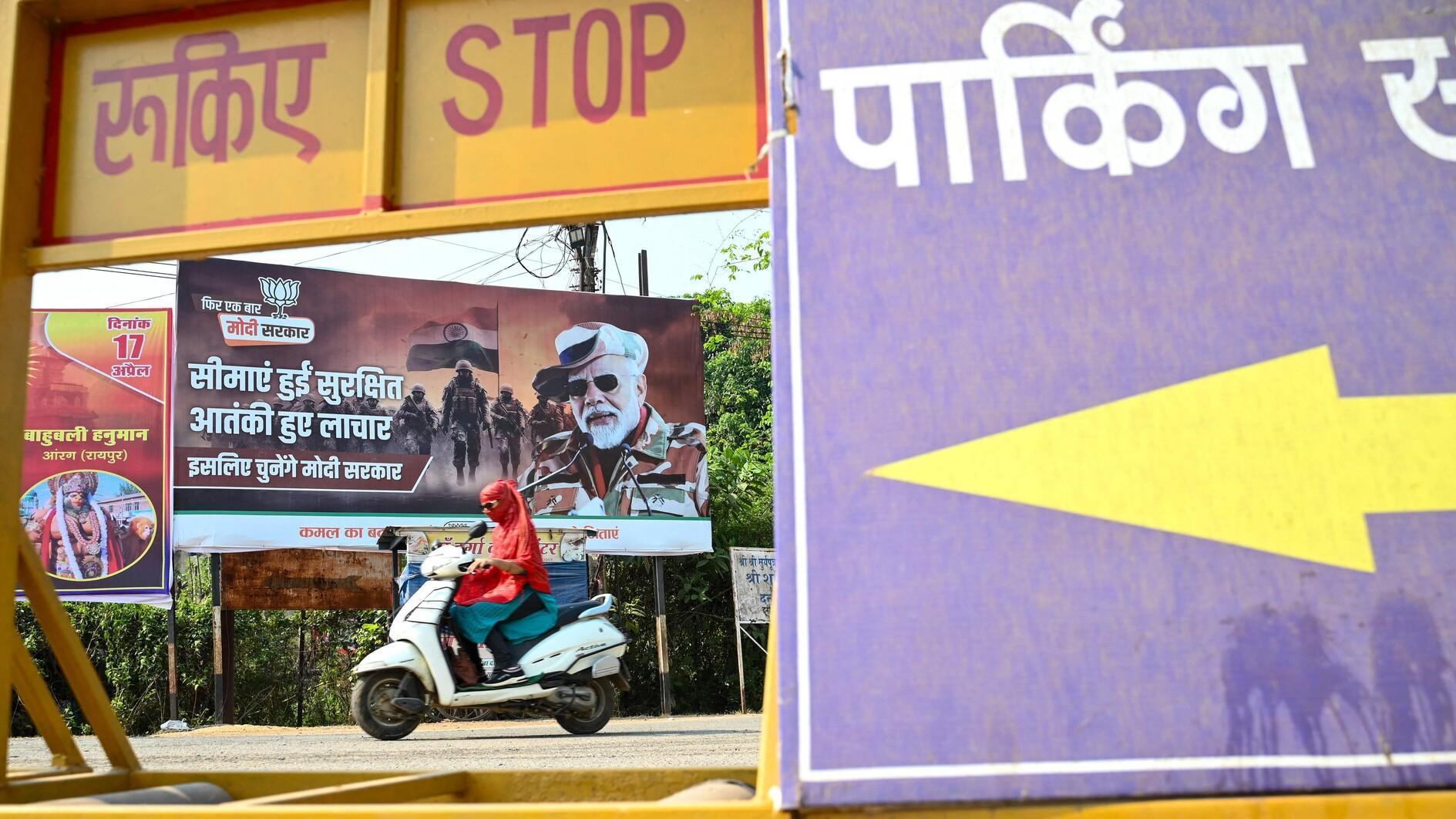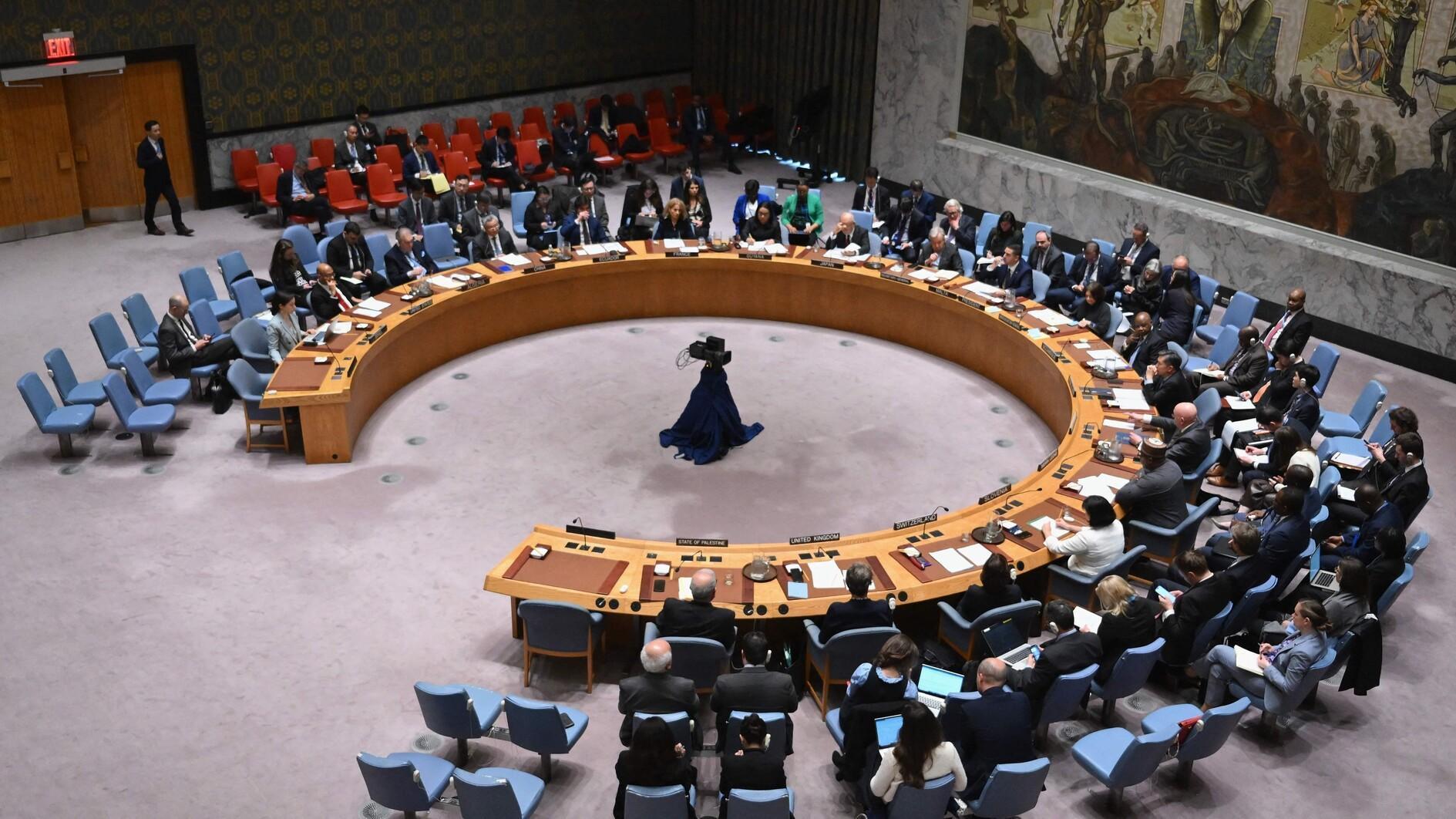Syria clashes heat up near Turkish border
ANKARA / BEIRUT
 Clashes in Syria have heated up near the Turkish border, with the Turkish Armed Forces (TSK) and U.S.-led coalition planes killing more than 140 Islamic State of Iraq and the Levant (ISIL) militants in hits on targets in Syria, even as the jihadist group gains more ground in northern Syria.
Clashes in Syria have heated up near the Turkish border, with the Turkish Armed Forces (TSK) and U.S.-led coalition planes killing more than 140 Islamic State of Iraq and the Levant (ISIL) militants in hits on targets in Syria, even as the jihadist group gains more ground in northern Syria.Forty militants were killed and four Katyusha rocket firing positions, four vehicles, two armored personnel carriers and two ammunition depots were destroyed in operations inside Syria, state-run Anadolu Agency reported on May 29.
The targets were determined by the TSK after two rockets fired from Syria hit the Oğuzeli district of the southeastern province of Gaziantep at around 10:45 a.m. on May 28.
The Turkish army fired howitzers from across the border at the ISIL targets, while U.S.-led anti-ISIL coalition planes carried out three air strikes.
The Turkish military also hit ISIL positions in northern Syria after rockets fired by ISIL hit the southern province of Kilis on May 27, the General Staff said in a statement on May 28.
Five people were injured on May 27 when rockets fired from ISIL-controlled territory in Syria hit Kilis, 20 days after the last such attack by the jihadist group targeting the province.
According to the statement, 104 ISIL militants were killed in the retaliation, while four rocket launchers, one howitzer, one mortar position and seven buildings used as headquarters by ISIL were destroyed.
Rocket attacks from the ISIL-controlled Bab region have claimed the lives of 21 people, including eight Syrians, in Kilis since January.
Meanwhile, ISIL militants made progress in their offensive against rebel-held territory of the towns of Marea and Azaz.
Heavy fighting raged early May 29 on the outskirts of Marea and around two villages on the supply route to Azaz on the Turkish border to the northeast, AFP reported.
The jihadists managed to cut the key supply line in a surprise assault early on May 27.
At least 61 rebel fighters have been killed in the fighting, as well as 47 jihadists, nine of them suicide bombers, the Syrian Observatory for Human Rights said, while at least 29 civilians have been killed since ISIL launched the assault.
Northwest of Azaz, a senior nurse said late May 28 that a hospital supported by Doctors Without Borders (MSF) was closed except for emergencies.
MSF said on May 27 that it was evacuating patients and staff from the hospital in Salamah town as it was just three kilometers from the front line.
The United Nations has expressed concern for some 165,000 civilians who have been trapped by the fighting between Azaz and the Turkish border.
The U.N. refugee agency said fleeing civilians were being caught in the crossfire and were facing “challenges to access medical services, food, water and safety.”
The supply lines to Turkey have made Aleppo province one of the most contested battlegrounds of Syria’s five-year-old civil war.
Parts are held by the government, parts by non-jihadist rebels, parts by the Kurds and parts by ISIL or its jihadist rival al-Qaeda’s Syrian branch, al-Nusra.
Meanwhile, the U.N. aid chief said the number of Syrians living under siege has grown by some 75,000 to total 592,700, underscoring the worsening plight of civilians in the five-year war.
Stephen O’Brien, the U.N. under-secretary-general for humanitarian affairs, told the Security Council that the use of siege and starvation as a weapon of war was “reprehensible” and “must stop immediately.”
The new figure, up from 517,700, marks a further increase from a previous estimate of 486,700 people living in besieged areas.
It includes the residents of the al-Wa’er area of Homs in western Syria that have been under siege by Syrian government forces since March, said O’Brien.
“Today 592,700 people are living in besieged areas because of the appalling, deteriorating situation in al-Wa’er,” he told the council.
The U.N. is preparing to begin humanitarian air drops over besieged areas starting June 1, after its repeated demands for access to the blockaded towns were refused.
















